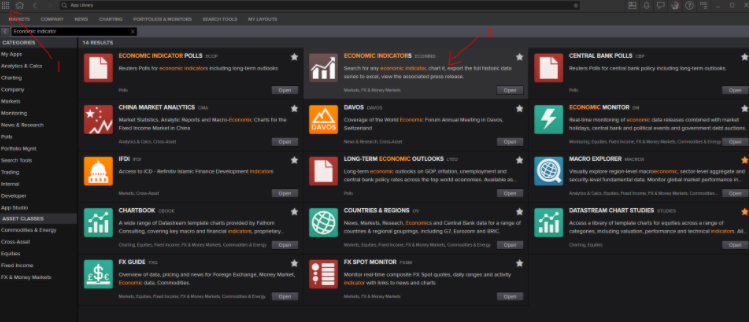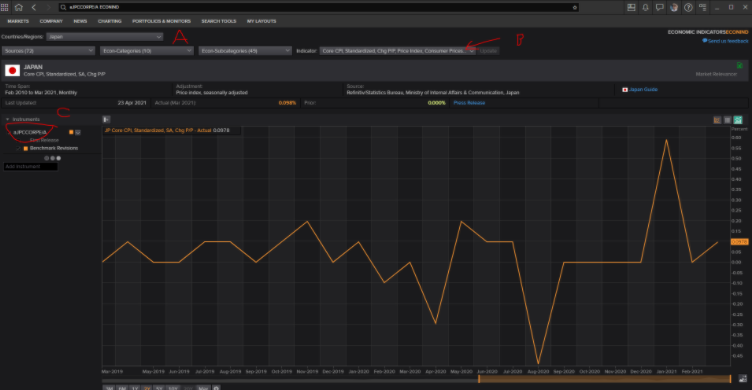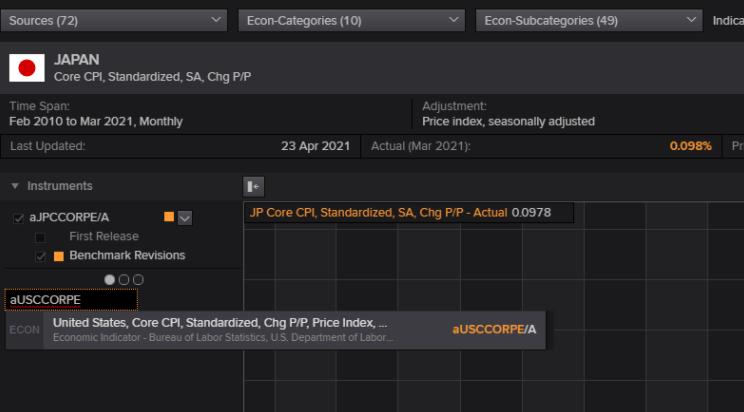- Home
- Anonymous
- Sign in
- Create
- Post an idea
- Create an article
- Spaces
- Alpha
- App Studio
- Block Chain
- Bot Platform
- Connected Risk APIs
- DSS
- Data Fusion
- Data Model Discovery
- Datastream
- Eikon COM
- Eikon Data APIs
- Electronic Trading
- Elektron
- Intelligent Tagging
- Legal One
- Messenger Bot
- Messenger Side by Side
- ONESOURCE
- Open Calais
- Open PermID
- Org ID
- PAM
- ProView
- ProView Internal
- Product Insight
- Project Tracking
- RDMS
- Refinitiv Data Platform
- Rose's Space
- Screening
- Side by Side Integration API
- TR Knowledge Graph
- TREP APIs
- TREP Infrastructure
- TRKD
- TRTH
- Thomson One Smart
- Transactions
- Velocity Analytics
- Wealth Management Web Services
- Workspace SDK
- World-Check Data File
- 中文论坛
- Explore
- Tags
- Questions
- Ideas
- Articles
- Users
- Badges
For a deeper look into our Eikon Data API, look into:
Overview | Quickstart | Documentation | Downloads | Tutorials | Articles
question
What would be the most efficient way to retrieve multiple historical economic indicators f.e. inflation and gdp for multiple countries through Eikon Python API?

Hi @oberolis,
Looking at previous posts (that you may find here and here), I found that you can get such GDP data like this:
ek.get_timeseries(['aBDXGDP/CA', 'aBDXGDP/C', 'aUSXGDP/C', 'aUSXGDP/CA', 'aJPXGDP/C', 'aJPXGDP/CA'], interval='yearly', start_date='1999-12-31')
Changing the two-letter country code as per this site. Note that I used two rics per country, that's because some of them need '/CA' at the end, others need '/C'; if you enter both, only the right one will give an output.
If you are looking for other Economic Indicators, you can repeat the process above with each of the indicators. E.g.: for inflation:
1. I looked for the Economic Indicators' App on Refinitiv Workspace
See Pic 1 bellow
2. Then I selected (a) the country and (B) indicator of choice:
See Pic 2 bellow
I can then see (C) the RIC to use. In this e.g. of Japan's CPI Inflation, it's 'A' followed by the acronym (here: 'JP') then 'CCORPE/A'.
Using the search box at the mid-left, you can enter other such RICs to see dropdowns and check each of your RICs (e.g.: US version of the Inflation above):
See Pic 3 bellow
Then you may add it to your request - e.g.:
ek.get_timeseries(['aBDXGDP/CA', 'aBDXGDP/C', 'aUSXGDP/C', 'aUSXGDP/CA', 'aJPXGDP/C', 'aJPXGDP/CA', 'aUSCCORPE/A'], interval='yearly', start_date='1999-12-31')

Hi @oberolis,
Would you mind clarifying what you mean by efficient?
In terms of processing/computing power? Request fetching time? Scripting?
For the 1st, all computation happens server-side, so as to minimize the load on your machine.
For the last, the Eikon Python API allows for short and comprehensive scripting, a good example can be found here.

@oberolis I have written an article about working with economic data. You do need to be cognizant of the API limits - esp if you are working with larger datasets - but you can build these iteratively. I hope this can help.

Hi guys,
Thanks a lot for your clarifications!
I am looking for something like the following:
countries = ['Germany', 'Italy'...] makro_variables = ['Inflation', 'GDP',...] df = ek.get_timeseries(countries, fields = makro_variables start_date = "2000-01-01", end_date = "2021-01-01", interval = "monthly")
With efficient I meant that it would be great if I could have one code line that requests the data (GDP, Inflation etc) for a list of countries.






